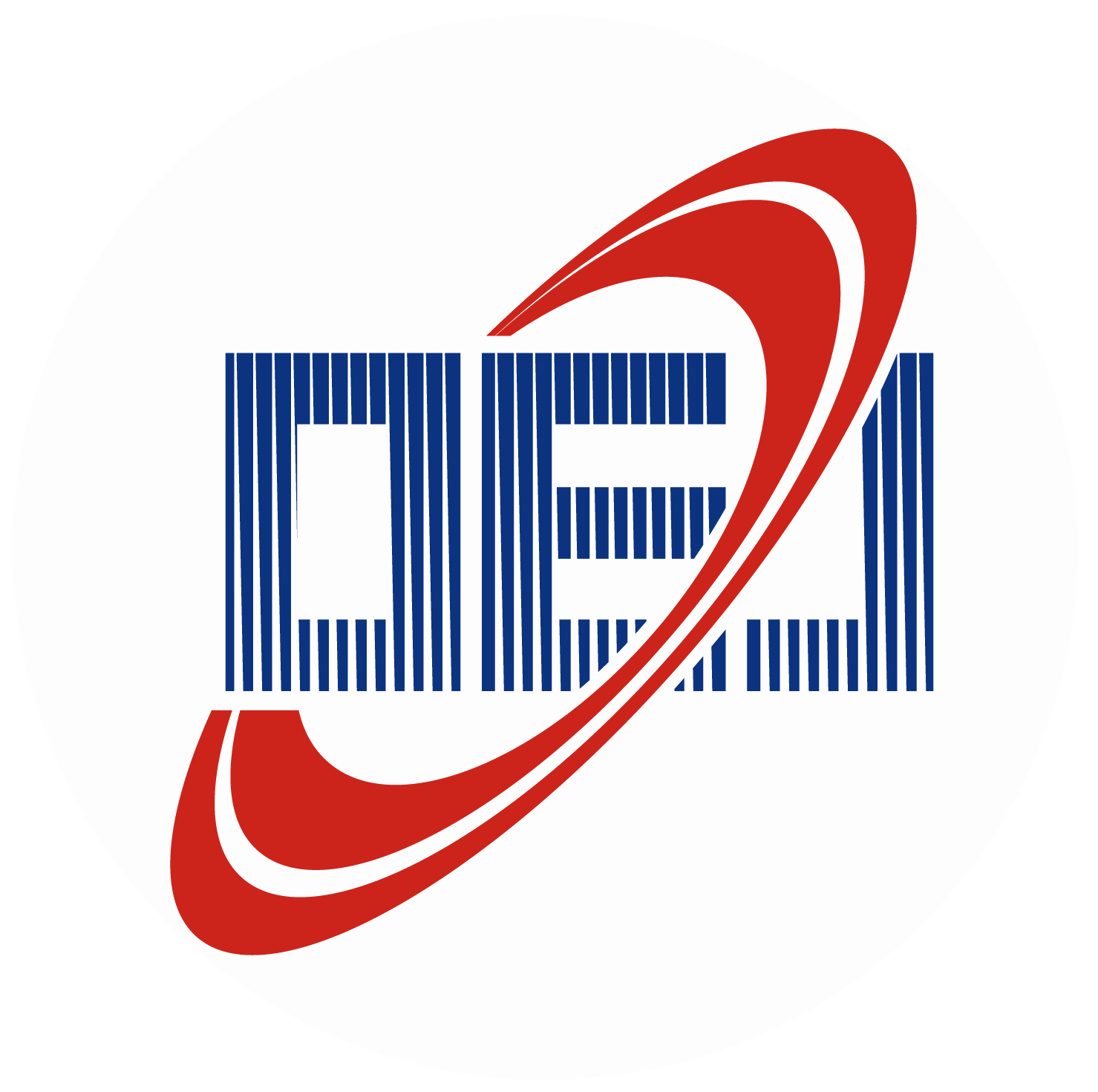-
Abstract
Digital in-line holographic microscopy (DIHM) is a widely used interference technique for real-time reconstruction of living cells’ morphological information with large space-bandwidth product and compact setup. However, the need for a larger pixel size of detector to improve imaging photosensitivity, field-of-view, and signal-to-noise ratio often leads to the loss of sub-pixel information and limited pixel resolution. Additionally, the twin-image appearing in the reconstruction severely degrades the quality of the reconstructed image. The deep learning (DL) approach has emerged as a powerful tool for phase retrieval in DIHM, effectively addressing these challenges. However, most DL-based strategies are data-driven or end-to-end net approaches, suffering from excessive data dependency and limited generalization ability. Herein, a novel multi-prior physics-enhanced neural network with pixel super-resolution (MPPN-PSR) for phase retrieval of DIHM is proposed. It encapsulates the physical model prior, sparsity prior and deep image prior in an untrained deep neural network. The effectiveness and feasibility of MPPN-PSR are demonstrated by comparing it with other traditional and learning-based phase retrieval methods. With the capabilities of pixel super-resolution, twin-image elimination and high-throughput jointly from a single-shot intensity measurement, the proposed DIHM approach is expected to be widely adopted in biomedical workflow and industrial measurement. -



 E-mail Alert
E-mail Alert RSS
RSS


